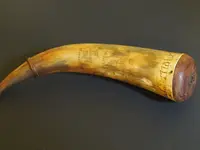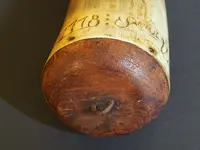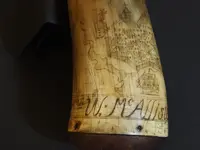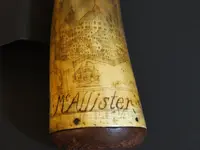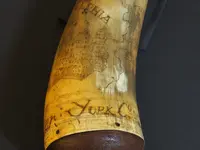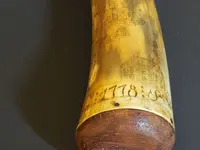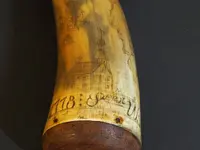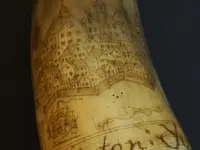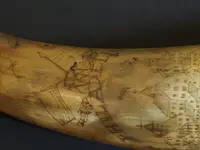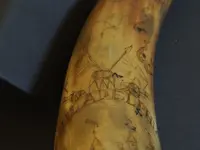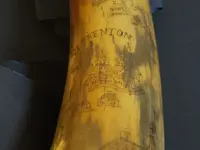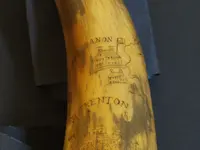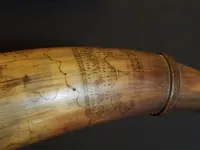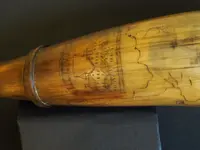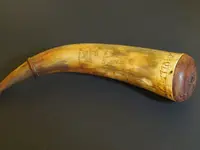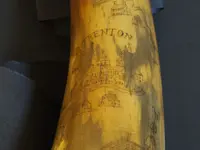Just a little update, still waiting on the UK national archives to open up to where we can request a copy of these 2 records that will have Serjt McAllister's (British 17th regiment of foot) full name and additional information hopefully in them. To any of the remaining pessimists that didn't read the whole thread before posting it's not a question of authenticity anymore now it's just trying to determine exactly who is the man named on the horn and what story the inscriptions themselves tell. This piece really is an amazing window into history.
Heres the records I'm trying to get a copy of:
17th Foot 1st Battalion | The National Archives
17th Foot 1st Battalion | The National Archives
Unfortunately right now you can only schedule to view the records in person but can't order a copy yet, hopefully this will be updated soon. Right now though all evidence is pointing to this Serjt McAllister with the 17th, even the historians that authenticated the piece believe almost beyond a reasonable doubt it will be verified to be his but this whole covid thing sure is throwing a hitch in that part of the research. I'm not in a hurry to sell it though and I won't pass it on until I've uncovered the story on this Serjt W. McAllister. In the meantime though I've had fun researching other similar powder horns from the period and here is an interesting article that yall might enjoy reading, it has a very similar powder horn with a map on it. Maps were a relatively common artwork on soldiers powder horns of the period and they were not only just for decoration but could be useful in multiple scenarios as well.
https://www.mcny.org/story/historical-and-personal-importance-engraved-powder-horns
Something interesting on this powder horn is that Fort Lebanon in Pennsylvania has a notable place. Not to be confused with the town of Lebanon, PA where Fort White was. This is interesting because it was a very small Fort, only 3 buildings, and thought to of only been used in the French & Indian War established in 1755 and abandoned in 1758. No mention of it in the Revolutionary War, and even in the French & Indian war there isn't much documented about it, but here it is on this powder horn right where it is supposed to be beside a tributary of the Schuylkill River. Very neat because now there is documented proof that this fort was used to at-least some extent in the Revolutionary War as well. One historian has even speculated that the map portion of this horn was carved while McAllister was a prisoner of war and the map would of been invaluable to him if he had managed an escape.
